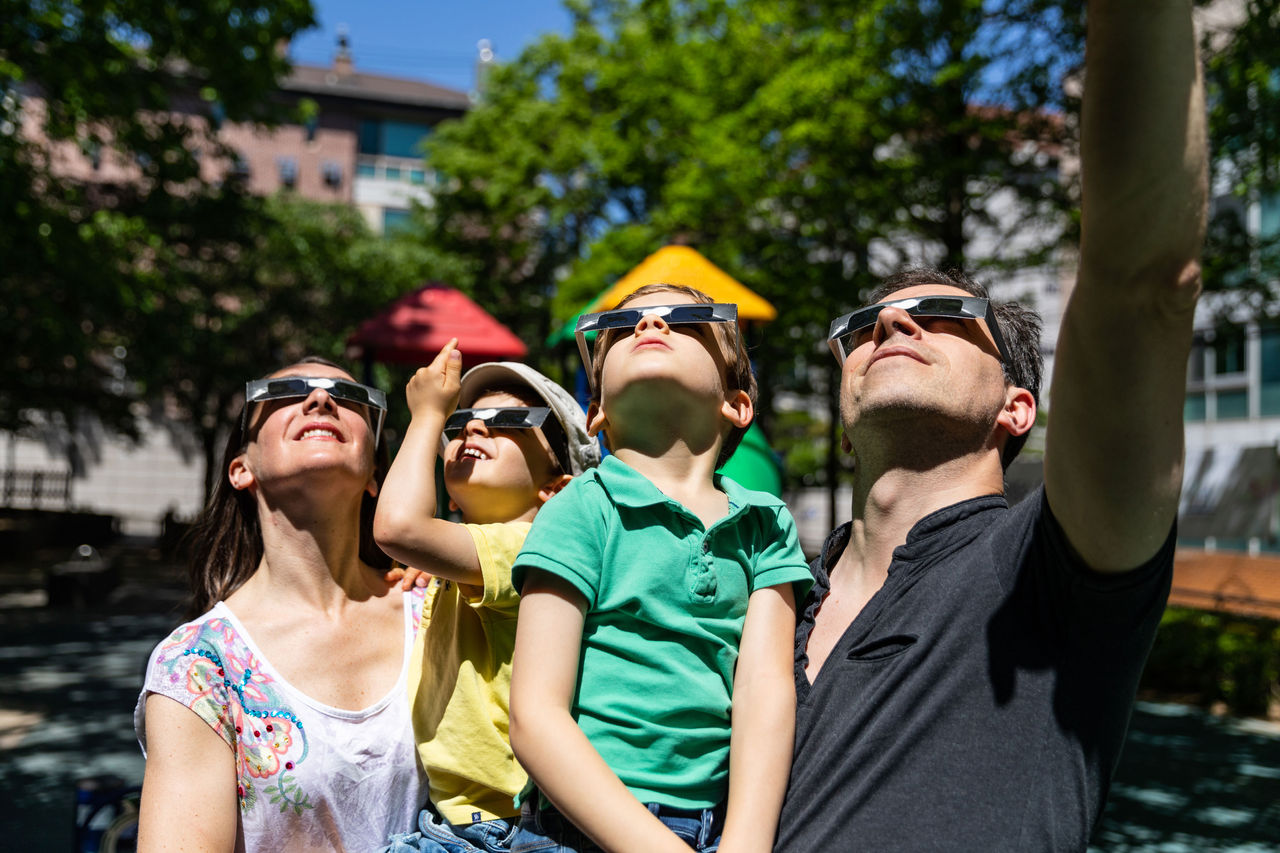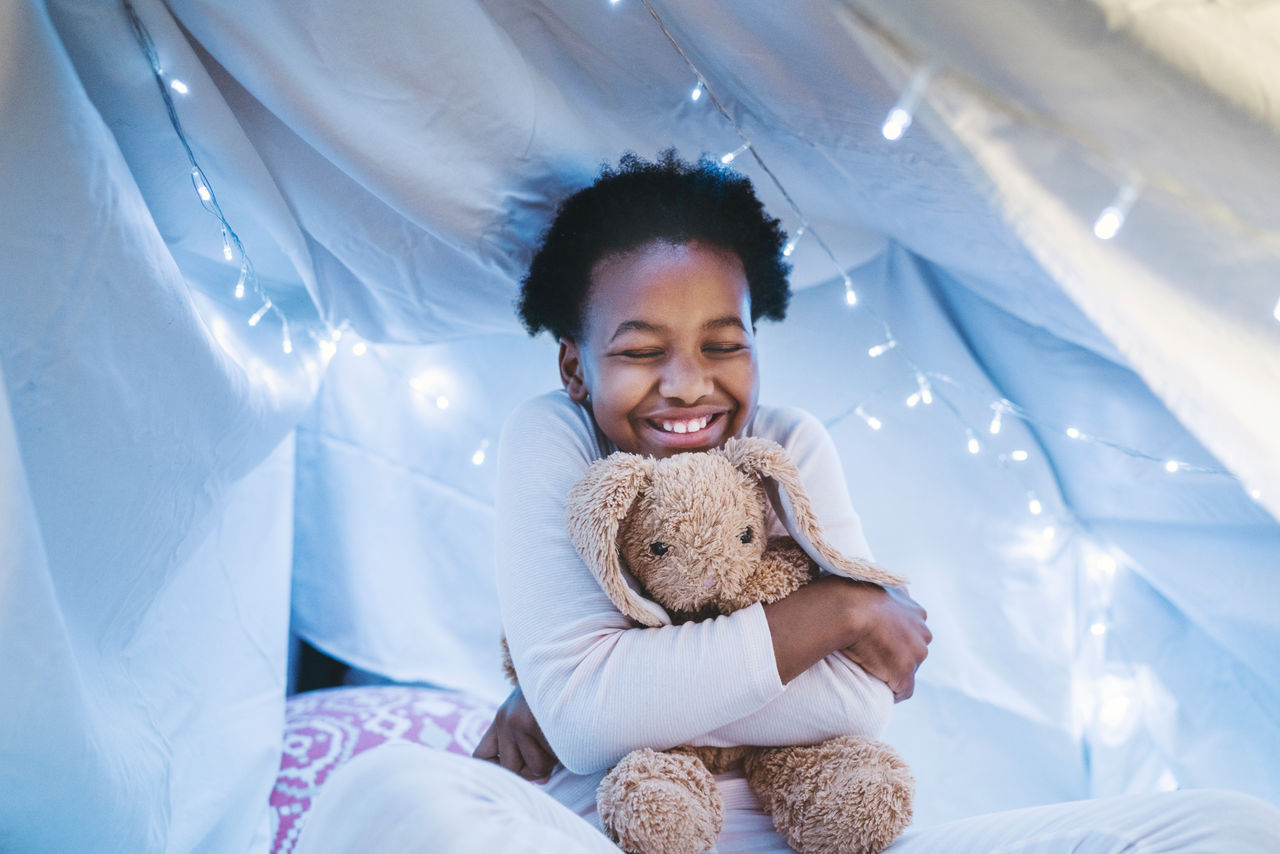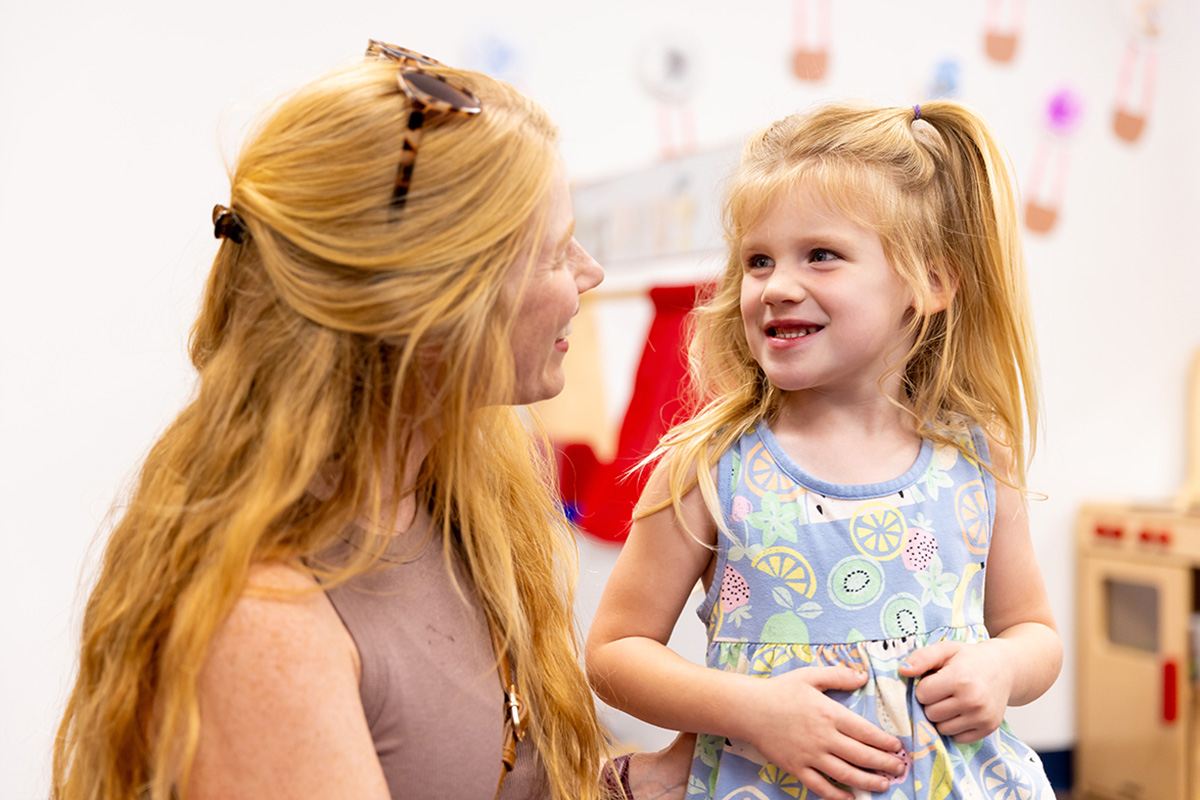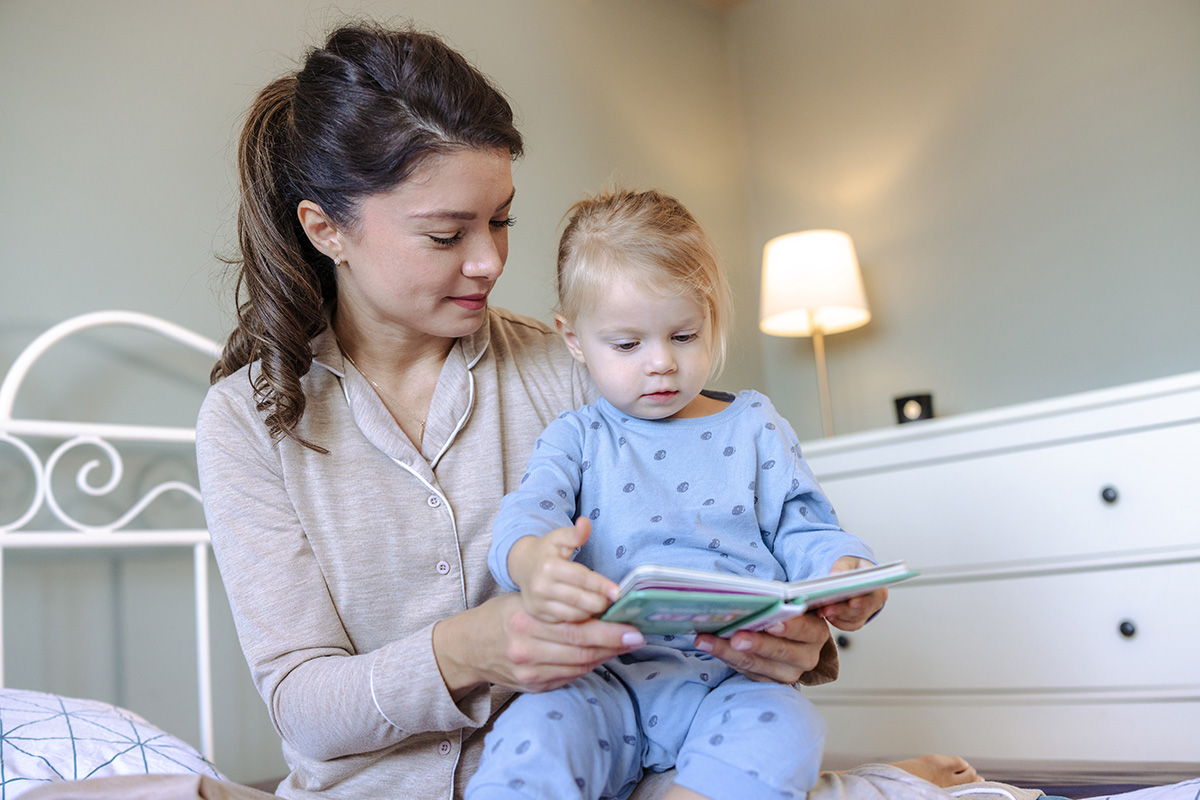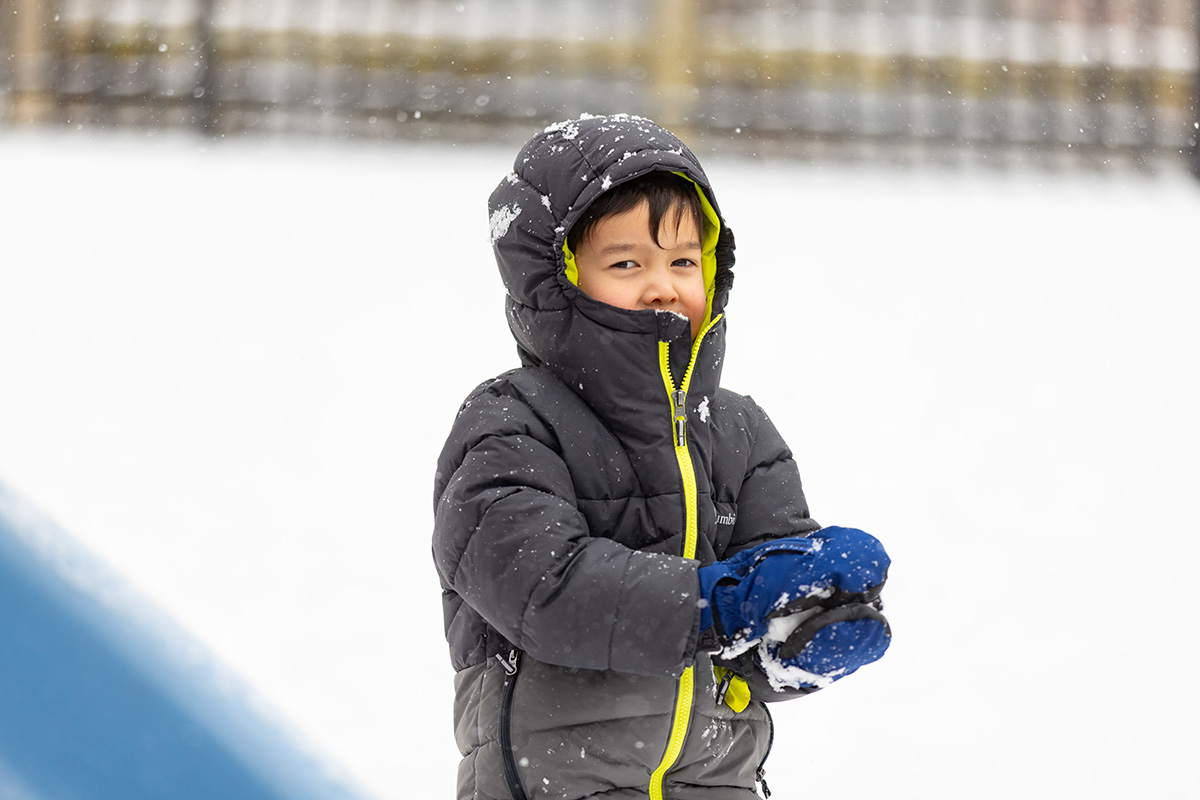On Monday, April 8, portions of the country will experience a total solar eclipse! This means that the moon will pass between the Earth and the sun completely blocking the sun’s light for a few minutes. The next eclipse of this magnitude won’t happen until 2044, so you’ll want to make the most of this experience with your little ones. Before you get ready to watch, there are some important safety precautions to take!
Safety First
It’s not safe to look directly at the eclipse without special eye protection. You and your child will need at least one of the following to safely watch:
- Eclipse glasses, which are thousands of shades darker than regular sunglasses and comply with the ISO 12312-2 safety standard (sometimes written as ISO 12312-2:2015).
- Handheld solar viewers. These aren’t labeled the same way glasses are, but you can tell a viewer is unsafe if you can see through it. You should only be able to see the sun or something else of the same brightness like the sun’s reflection off of mirror, a bright-white LED bulb (including the flashlight on your smartphone) or a bare compact fluorescent (CFL) bulb. These should all look dim through the viewer.
- Pinhole projector. This will require some DIY skills and cardstock, aluminum foil, tape and a pin. Follow this step-by-step guide from NASA. Remember, do not look through the pinhole at the eclipse.
Other Ways to Enjoy the Eclipse
There will be plenty of coverage of the eclipse happening online and on TV, so you and your little ones can safely enjoy it anytime from home! If you live near a museum or planetarium, they may host a viewing party (and provide the required eyewear). You can read books about the eclipse like Total Solar Eclipse: A Stellar Friendship Story, A Few Beautiful Minutes: Experiencing a Solar Eclipse and Someone is Eating the Sun. Teach your child about shadows with things you have at home! Use a flashlight and shine it on different 3D objects. Let them explore how the shadow changes when you love the light around. You can also teach them about the power of the sun by “painting” on black construction paper with sunscreen. Let their paintings sit outside in the sun for a couple hours and check back to see what happened.
To find out if your location will be impacted by the total solar eclipse, check out this interactive map from NASA. If you need eclipse glasses or viewers, look through this list of approved vendors from the American Astronomical Society.
